Guy Tillim
Second Nature
-
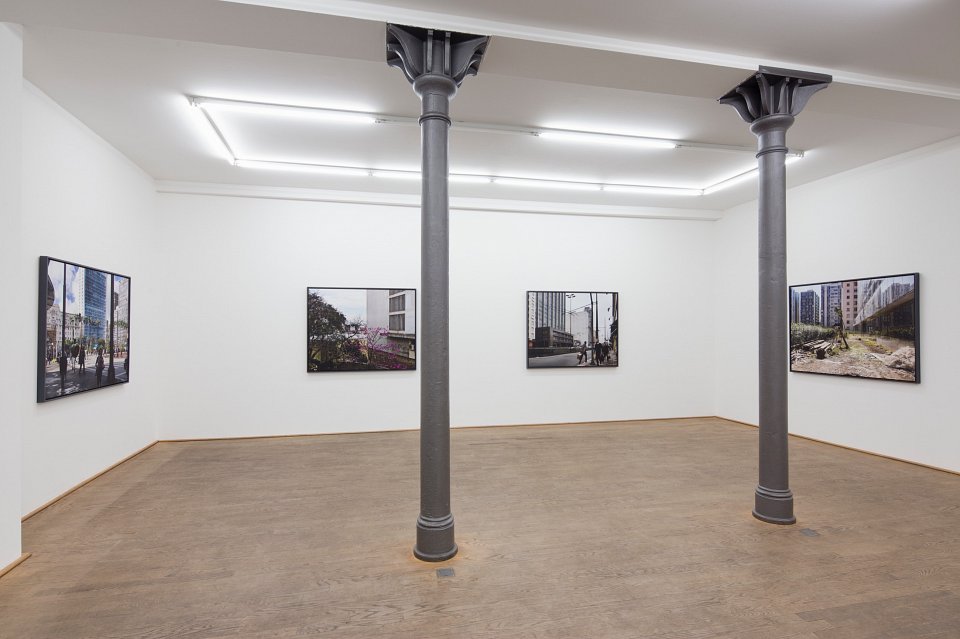
Second Nature, installation view, Kuckei + Kuckei, 2012
-
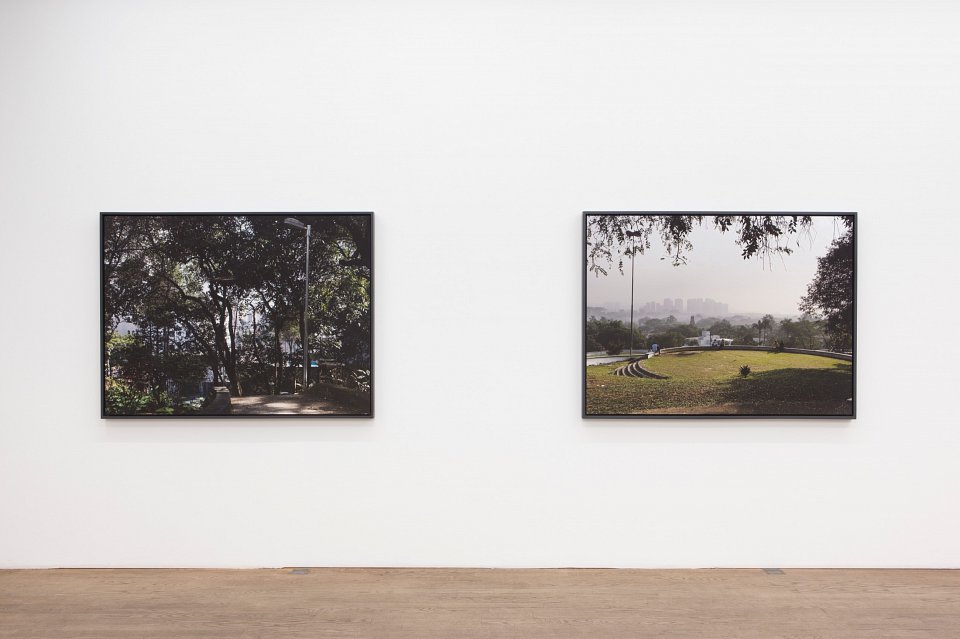
Second Nature, installation view, Kuckei + Kuckei, 2012
-
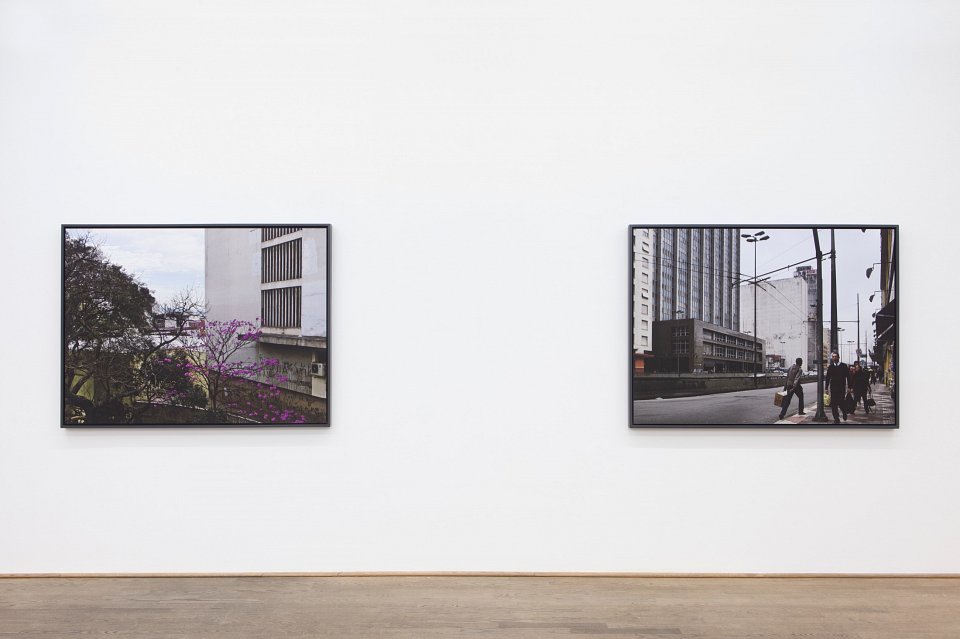
Second Nature, installation view, Kuckei + Kuckei, 2012
-
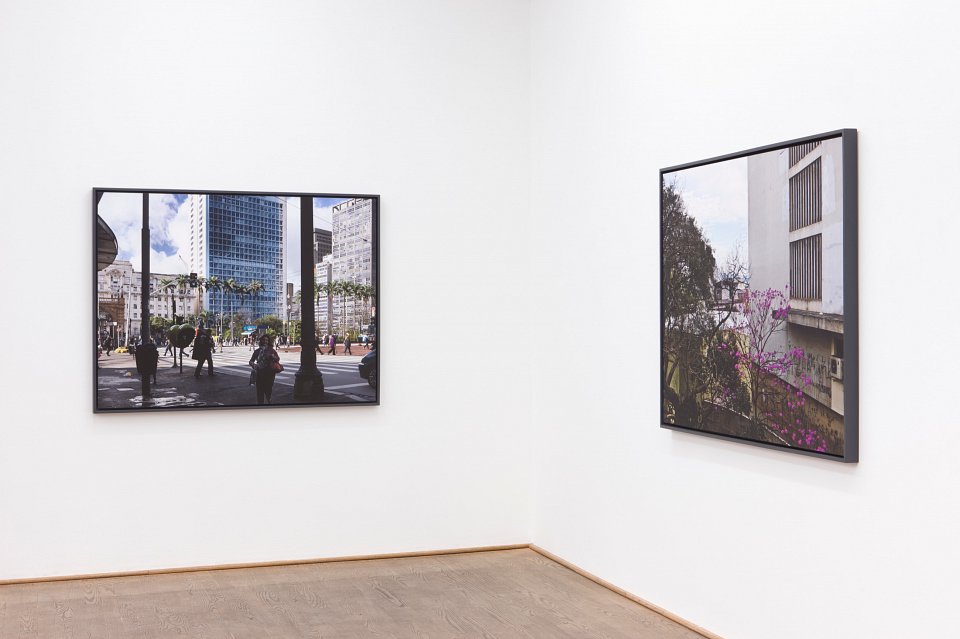
Second Nature, installation view, Kuckei + Kuckei, 2012
-
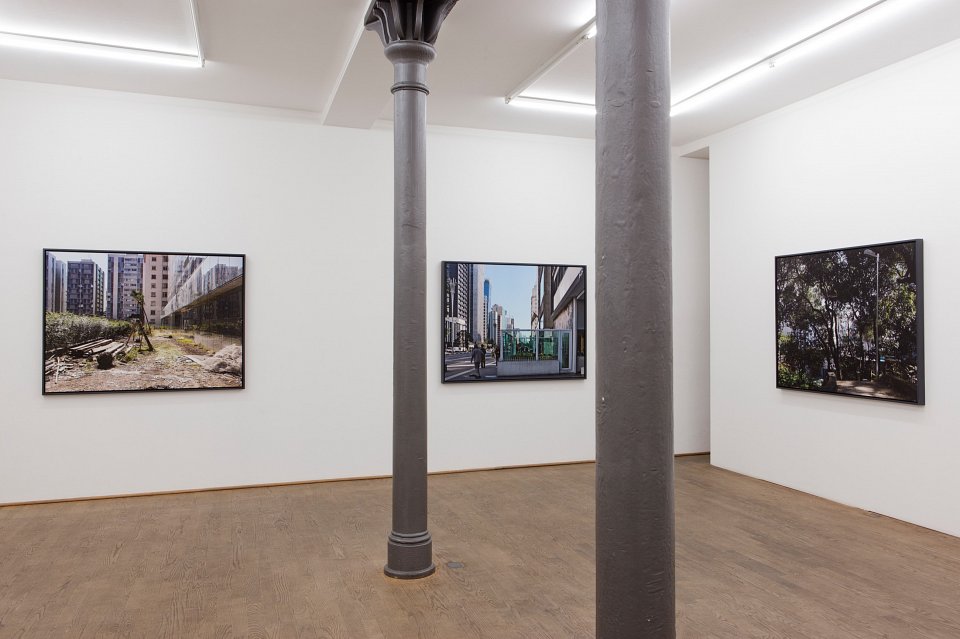
Second Nature, installation view, Kuckei + Kuckei, 2012
-
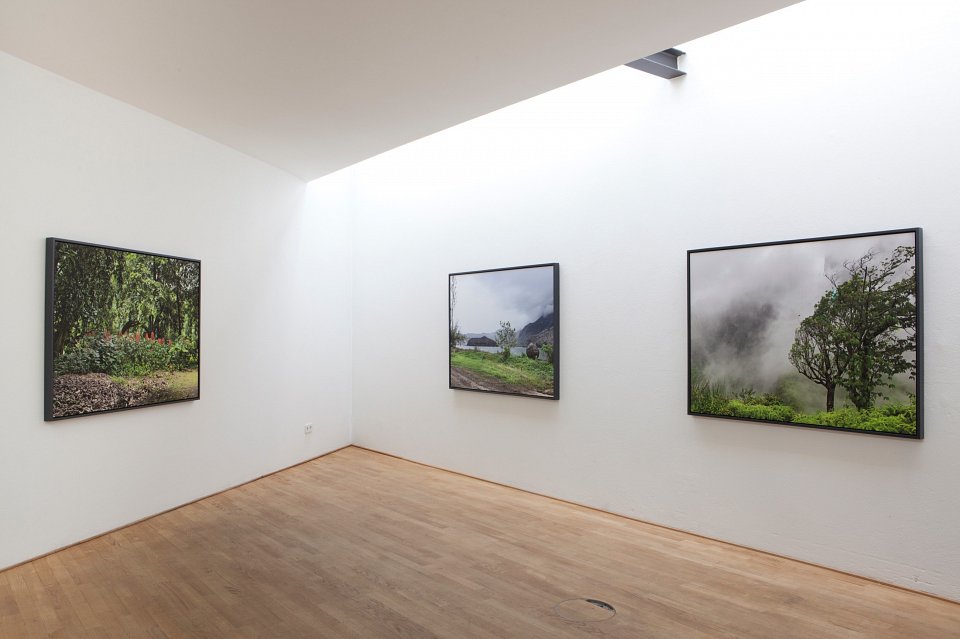
Second Nature, installation view, Kuckei + Kuckei, 2012
-
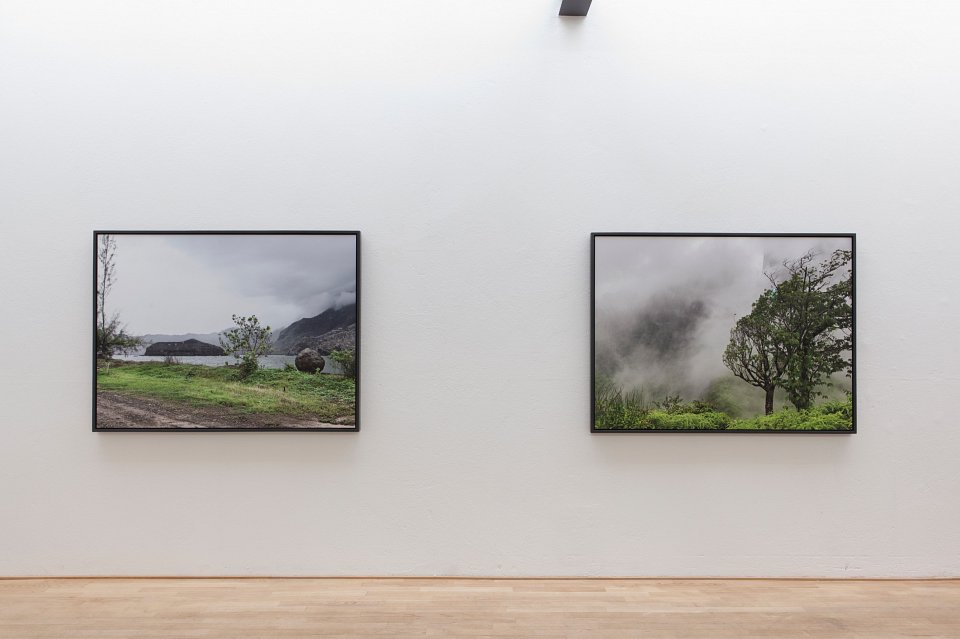
Second Nature, installation view, Kuckei + Kuckei, 2012
-
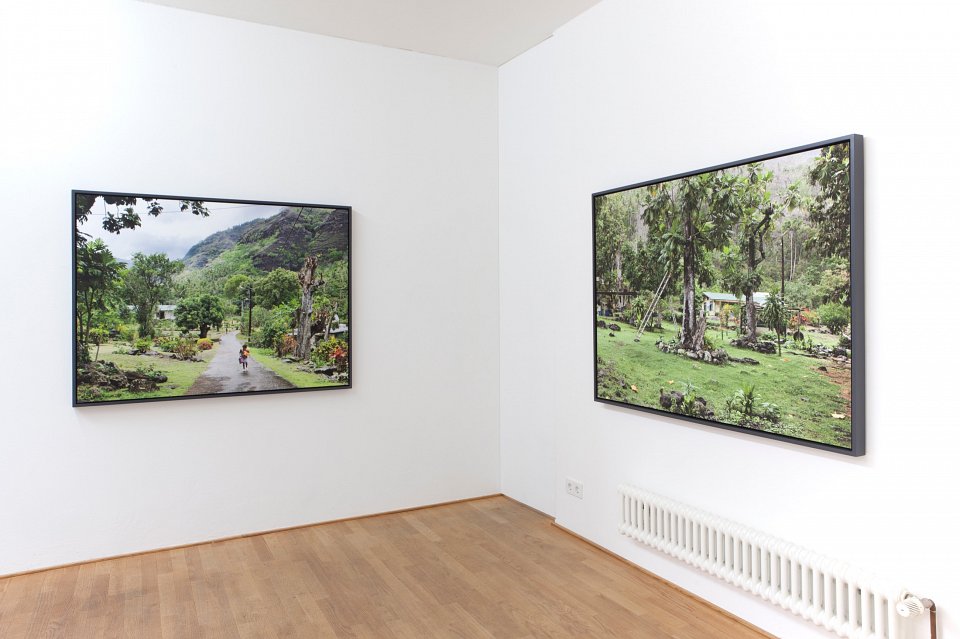
Second Nature, installation view, Kuckei + Kuckei, 2012
-
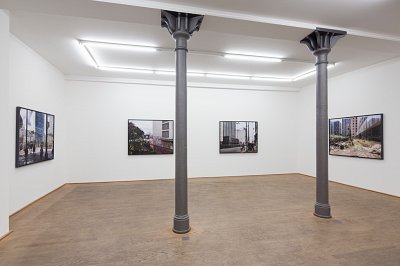
Second Nature, installation view, Kuckei + Kuckei, 2012
-
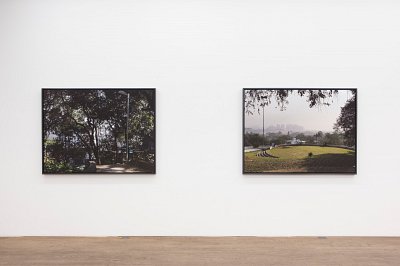
Second Nature, installation view, Kuckei + Kuckei, 2012
-
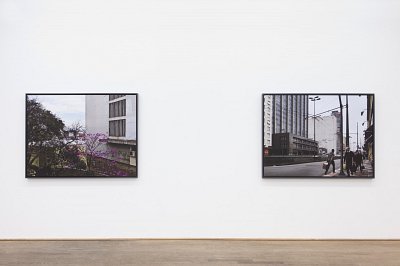
Second Nature, installation view, Kuckei + Kuckei, 2012
-
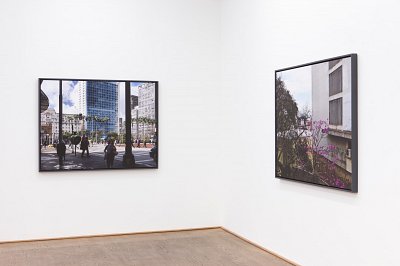
Second Nature, installation view, Kuckei + Kuckei, 2012
-
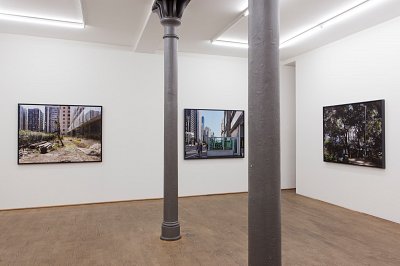
Second Nature, installation view, Kuckei + Kuckei, 2012
-
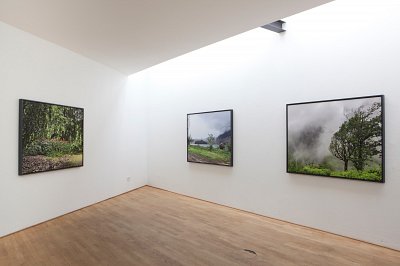
Second Nature, installation view, Kuckei + Kuckei, 2012
-
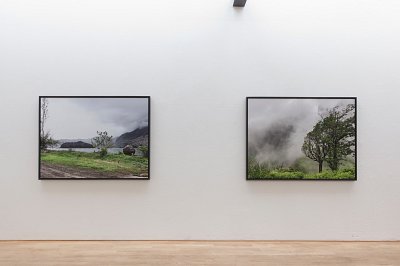
Second Nature, installation view, Kuckei + Kuckei, 2012
-
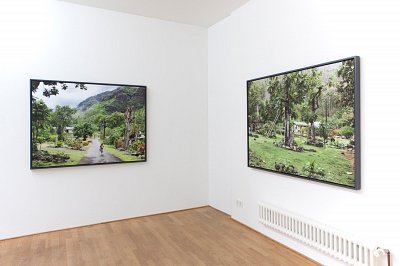
Second Nature, installation view, Kuckei + Kuckei, 2012
In his new series, Second Nature, Guy Tillim explores the ambivalence of the image and the memory in our contemplation of images. The first part of these works arose on and around the islands of French Polynesia. On his travels, he follows in the tracks of explorers such as James Cook and artists such as Paul Gauguin in his desire to gain a contemporary view of this “paradise”. And in the process, he occupies himself with questions regarding the independence of the motif and the role played by the beholder. How much of ourselves do we invest in an image? Where lie the boundaries between interpretation and documentation? Tillim’s motifs range from expansive seascapes and brief moments of everyday life on the islands to the wild nature found in the interior jungle. But he strictly avoids giving his works a specific interpretive slant. People viewing his pictures will search in vain for visual categories such as romantic scenes, touristy snapshots and sentimentally transfigured images. Even so, his landscape shots are gripping: with their rich colors, powerful lights and vividness. Another characteristic feature of his landscapes is their infinite sharpness and incredible attention to detail. In his works, Tillim consciously renders visible the dynamic elements of nature – such as rain showers and fierce winds – and, in so doing, opposes a static-iconic conception of photography.
The second part of his work, which arose in São Paolo, serves as an antithesis to his illustrations of nature. On closer inspection, however, it is evident that here, too, Tillim adheres to his principle of treating moving and the motionless objects equally. Yet in the topography of the vast city, this pictorial strategy irritates the observer in an incomparably shorter space of time. The façades of the high-rise buildings, the parking cars, the forests of traffic signs and the passers-by hurrying past are captured with identical sharpness. By manipulating the digital image in this way, Tillim refuses to subject his motifs to a hierarchy, and the moment of being assumes the same importance as the moment of seeing. His São Paolo works reveal even more powerfully his striving to experience the place where he happens to be and to take in his environment. In his Second Nature series, he plays with expectations, pictorial content and mediation strategies. Sometimes he entices and surprises people who are contemplating his pictures. But he often unsettles them, too, because his images do not fulfill their expectations.